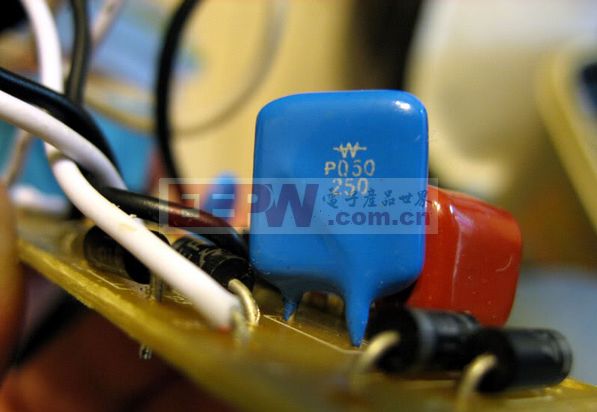Thermistor works
Introduction: A thermistor is a temperature-sensitive resistor, and its resistance changes as the temperature changes. But what exactly happens during this process? Let’s explore the working principle of the thermistor with Xiaobian.
1. Thermistor Working Principle – Overview
A thermistor is a type of sensitive component that responds to temperature changes by altering its resistance value. Unlike standard fixed resistors, it's a variable resistor used in various electronic applications. Unlike traditional resistive thermometers that use metals, thermistors are typically made from ceramics or polymers. There are two main types: Positive Temperature Coefficient (PTC) and Negative Temperature Coefficient (NTC). PTC thermistors increase in resistance with rising temperature, while NTC thermistors decrease in resistance when temperature increases. These devices are semiconductor-based and offer high accuracy within a limited temperature range, usually between -90°C and 130°C.

2. Thermistor Working Principle – Key Features
Thermistors are among the earliest developed sensitive components and have evolved into a wide variety of types. They are made from semiconductor ceramic materials and most commonly exhibit a negative temperature coefficient, meaning their resistance decreases as temperature rises. Due to the large change in resistance caused by small temperature variations, they are considered highly sensitive temperature sensors.
The main characteristics of thermistors include:
- High sensitivity: The resistance temperature coefficient is 10 to 100 times higher than that of metals, allowing detection of temperature changes as small as 10â»â¶Â°C.
- Wide operating temperature range: Room-temperature devices work between -55°C and 315°C; high-temperature versions can operate above 315°C; low-temperature models function between -273°C and 55°C.
- Compact size: Ideal for measuring temperatures in hard-to-reach areas like body cavities or blood vessels.
- Easy to use: Resistance values can be selected between 0.1kΩ and 100kΩ.
- Mass producible: Can be shaped into complex forms easily.
- Good stability and strong overload capability.

3. How Thermistors Work
A thermistor is a temperature-sensing resistor whose resistance changes with temperature. Unlike metals, where resistance increases with temperature, semiconductors behave oppositely—resistance drops sharply as temperature rises, showing non-linear behavior. As shown in the figure, even with the same temperature change, a thermistor’s resistance change is about ten times greater than that of a lead resistor. This makes it extremely sensitive to temperature fluctuations.
This sensitivity arises because semiconductors conduct electricity through carriers (electrons and holes). The number of these carriers is much smaller than free electrons in metals, leading to higher resistivity. As temperature increases, more carriers become active, increasing conductivity and reducing resistivity.
Thermistors are heat-sensitive elements made using the property of significant resistance change with temperature. They are manufactured from specific metal oxides in different formulations. Within a certain temperature range, the temperature of the medium being measured can be determined by monitoring the thermistor’s resistance changes.
When installed in a circuit, a thermistor's performance is affected by ambient temperature. At a constant temperature, increased current shortens its operational life. In high-temperature environments, the thermistor has a shorter operational time and lower current capacity. Under normal operation, the thermistor remains close to room temperature with low resistance, allowing current to flow freely. However, during overcurrent conditions due to faults, the thermistor heats up, causing its resistance to rise rapidly and limiting the current to a safe level.

We’ve covered the basic working principle of the thermistor. Next, we’ll introduce some common types of thermistors and their applications.
Differential Mode Ring Inductance,Differential Mode Inductor Series,Differential Mode Filter Inductor,Differential-mode choke
Xuzhou Jiuli Electronics Co., Ltd , https://www.xzjiulielectronic.com